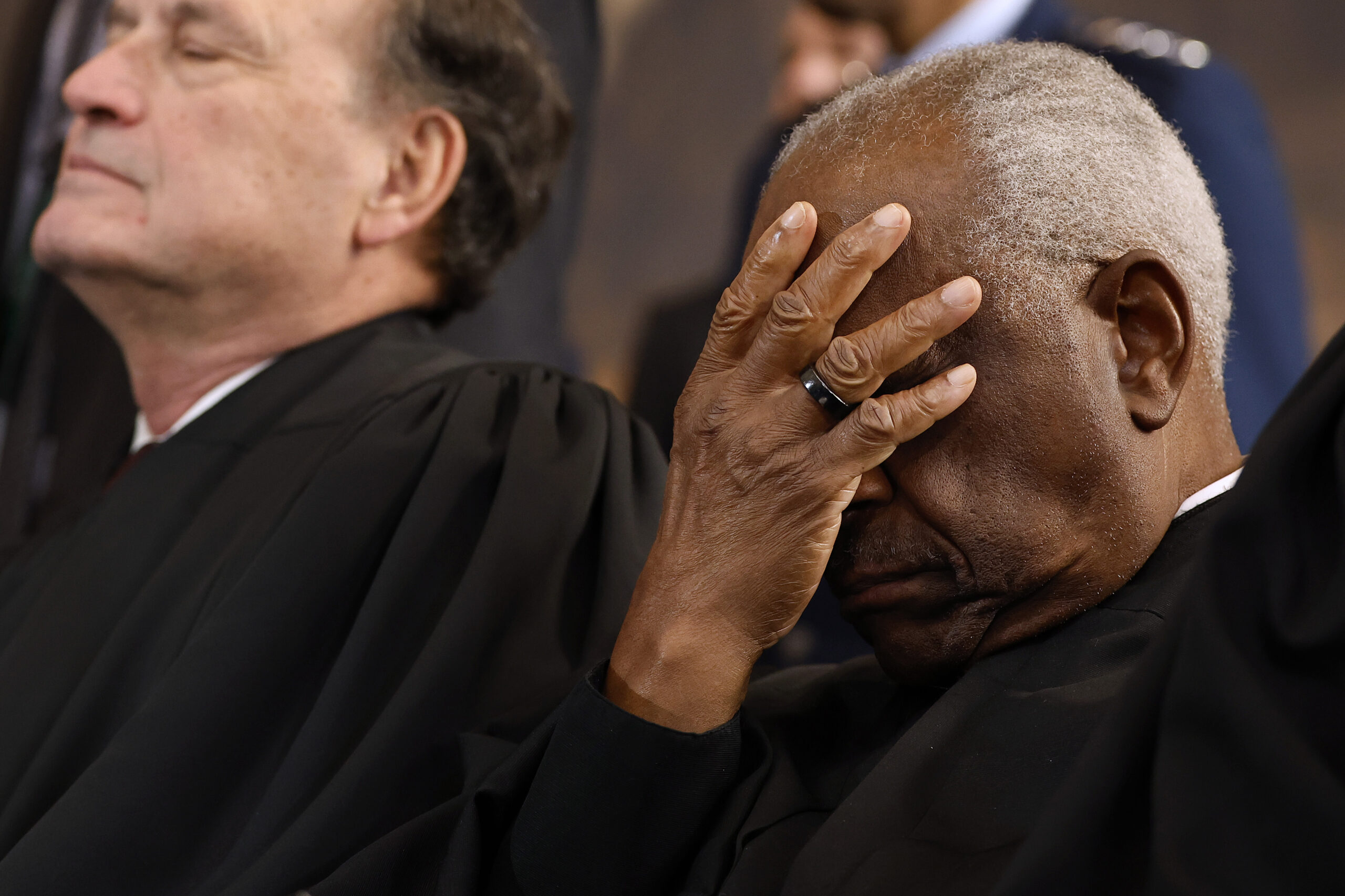
Supreme Court to Confront Employment Discrimination and DEI Programs
Introduction
On Wednesday, the Supreme Court will hear Ames v. Ohio Department of Youth Services, its first employment discrimination case since President Trump’s administration began its assault on diversity, equity, and inclusion (DEI) initiatives. The case has the potential to impact the future of these programs and the legal framework for employment discrimination claims.
Background Circumstances Rule
Central to the case is the "background circumstances rule," a controversial legal principle that requires members of "majority" groups to provide additional evidence of discrimination compared to "minority" plaintiffs. This rule is employed in several federal appeals courts, including the Sixth Circuit, which ruled against Ames in the lower courts.
The rule has been criticized as having no basis in either federal law or Supreme Court precedent. Title VII of the Civil Rights Act, which prohibits employment discrimination, makes no distinction between majority and minority plaintiffs. Furthermore, the Supreme Court has repeatedly held that Title VII suits brought by members of historically privileged groups should be treated no differently than those brought by minorities.
Plaintiff’s Claims
Marlean Ames, the plaintiff in the case, is a straight woman who claims she was denied a promotion and demoted because of her sexual orientation. The lower courts dismissed her case before considering the merits of her claims due to her failure to meet the heightened evidence requirements imposed by the background circumstances rule.
Potential Implications
The Supreme Court’s decision in Ames could have significant implications:
- Overturning Background Circumstances Rule: The Court could strike down the background circumstances rule, upholding the principle that Title VII applies equally to all plaintiffs regardless of their group status.
- Clarifying Bostock Precedent: The Court may also address the scope of the 2020 ruling in Bostock v. Clayton County, which held that discrimination on the basis of sexual orientation is a form of sex discrimination. If the Court affirms Bostock, it would reaffirm the protection of LGBTQ+ employees from employment discrimination.
- Broader Attack on DEI Programs: While Ames’s case focuses on the background circumstances rule, the Court could use it as an opportunity to launch a broader attack on DEI programs. Right-wing organizations have filed briefs in the case arguing that DEI initiatives constitute invidious discrimination.
Unclear Trajectory
The Court’s Republican majority, appointed during Trump’s presidency, could potentially strike down the background circumstances rule while also issuing a broader opinion that impacts DEI programs. However, it is also possible that the Court will issue a narrow ruling that focuses solely on the background circumstances rule.
Legal and Practical Considerations
The legal arguments against the background circumstances rule are strong. Title VII clearly prohibits discrimination against all individuals, regardless of their group affiliation. Moreover, the rule is difficult to apply in practice, as it can lead to arbitrary distinctions based on group membership.
For example, in Ames’s case, if the discrimination against her were reframed from anti-heterosexual to anti-Christian discrimination, it would trigger the background circumstances rule. This would be inconsistent with the Supreme Court’s holding that Title VII applies equally to both groups.
Conclusion
The Supreme Court’s decision in Ames v. Ohio Department of Youth Services is highly anticipated. While the outcome is uncertain, the case has the potential to shape the future of employment discrimination law and the debate over DEI programs in the workplace. The Court could reaffirm the principle of equal protection under Title VII or potentially pave the way for a broader assault on DEI initiatives.
